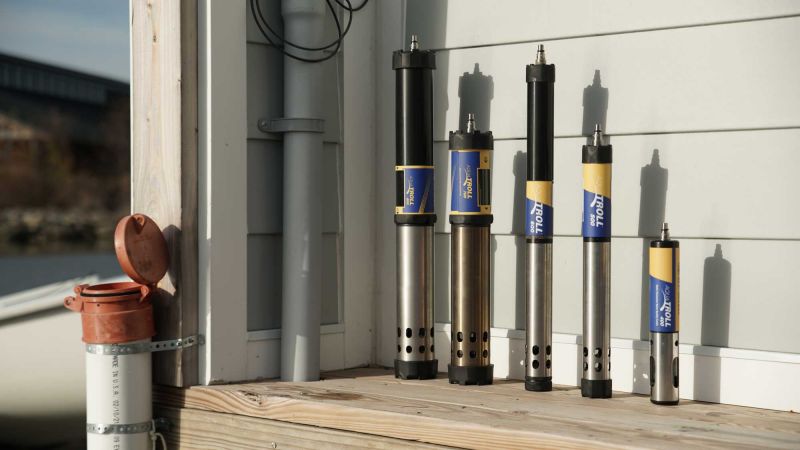In-Situ Adds 7-Port Sondes to Water Quality Portfolio–Interview with Product Manager Steve Sewell
Published on by Marcus Miller, Digital Marketing Manager at In-Situ in Technology

With two new multiparameter sondes joining the Aqua TROLL portfolio, we sat down with Product Manager Steve Sewell to talk about the design process for the new seven-port sondes and the capabilities of the Aqua TROLL line.
In-Situ: So, to start off, what is your role at In-Situ?
Steve Sewell: I'm the product manager for the water quality and water level product portfolios. So, almost anything that goes in the water and takes measurements is a product I manage.
In-Situ: And how long has your team been working on the seven-port, six-sensor sondes?
Steve: Our engineering teams have been working on this product for more than seven years.
In-Situ: The last product released in the Aqua TROLL family was the Aqua TROLL 500. What is the difference between the Aqua TROLL 500 and the Aqua TROLL 700 and 800?
Steve: The current portfolio, the Aqua TROLL 500 and 600, are smaller versions. They have five ports–four sensor ports and one wiper, or wiper plug. The Aqua TROLL 700 and 800 have a larger platform with six sensor ports and a wiper port.
The only major difference between the 700 and 800 is that the 800 has internal power and logging. The 700 is designed to be connected to external power and a telemetry device like VuLink for long-term deployments. But you can deploy the 800 without providing external power or connecting it to a telemetry device, and it will do its own internal logging.
You don't even have to connect the 800 to a cable if you don't want to. You could put a cover on the cable connector and hang it from a wire, as long as you have your log set up.
In-Situ: Why was it important to add those capabilities to the Aqua TROLL portfolio?
Steve: Customers are looking to do more monitoring with one piece of equipment, and their monitoring projects are...
READ MORE
Taxonomy
- Water Quality
- Hydrodynamics & Water Quality
- Water Monitoring
- Water Monitoring
- Water Systems Monitoring
- Water Quality Management
- Water Quality Training
- Water Quality Monitoring
- Water Quality Monitoring
- Water quality
- Water Quality Research
- Smart Water Monitoring
- Water quality technician
- Water Quality Monitoring Sensor
- Water Quality